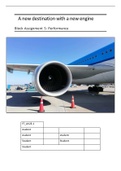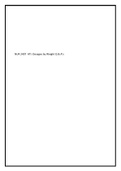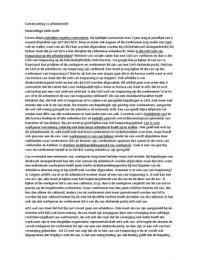Essay
Block 5 Aircraft performance verslag + Excel
- Course
- Institution
Digit 7.8 This is Engineering's first Block Assignment of Year 2. The document contains extensive calculations for the new and old AN-225 engines and includes all self-compiled calculations in excel
[Show more]







